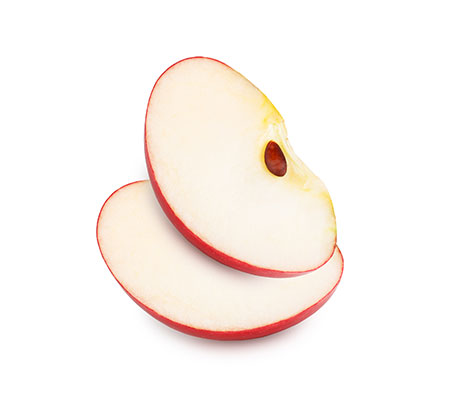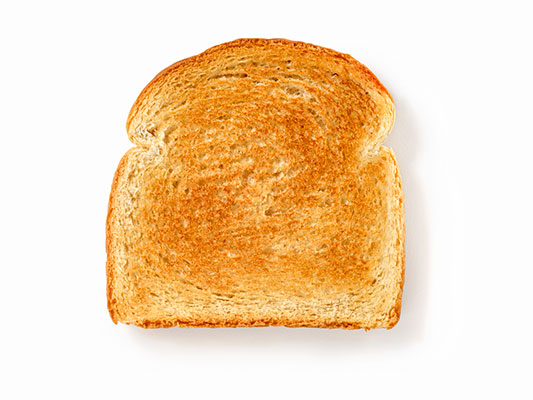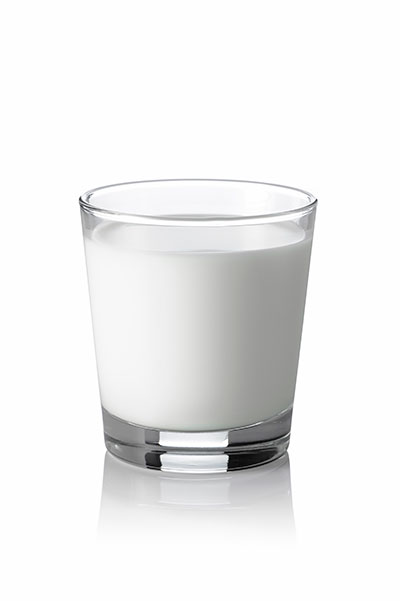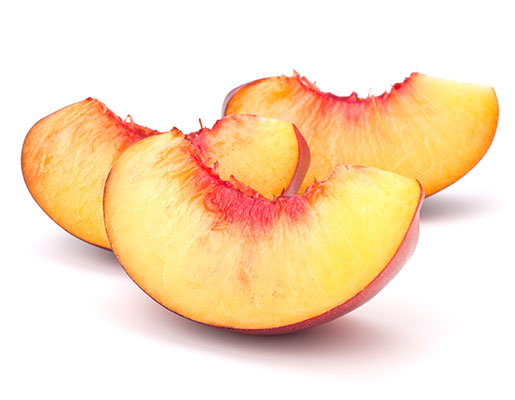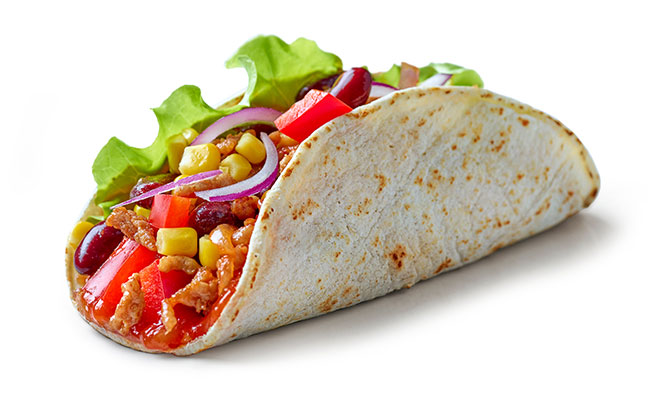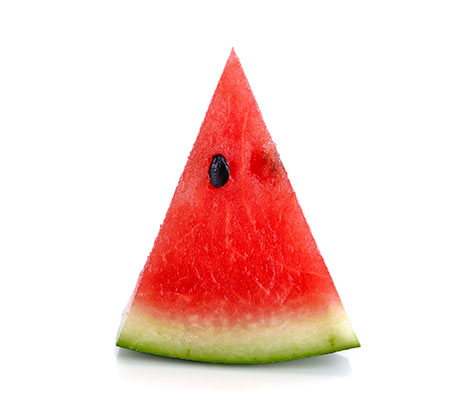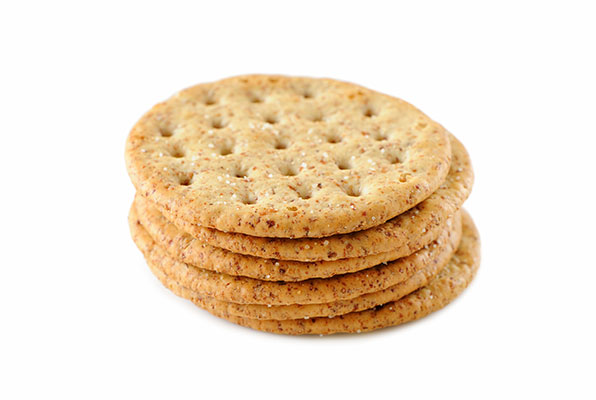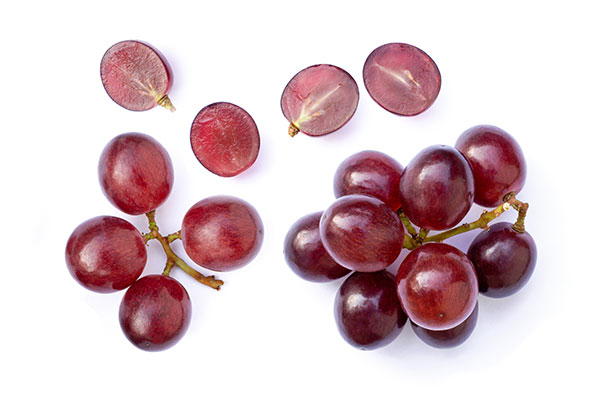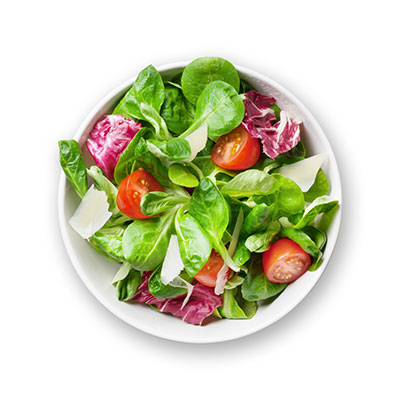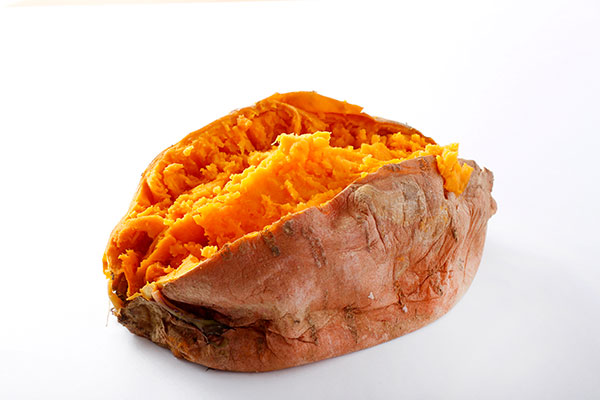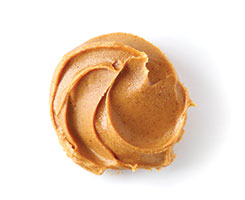Para Destiny fue una sorpresa descubrir que estaba haciendo muchas cosas que empeoraban la acidez gástrica. Cuando cambió su alimentación y algunos otros hábitos, esa sensación de ardor se volvió algo del pasado.
¿Cuáles son las causas de la
acidez gástrica?
Las hormonas. Como cualquier otro cambio en tu cuerpo debido al embarazo, este también se le puede atribuir a las hormonas. Las hormonas provocan que el músculo entre el estómago y el esófago se relaje. El esófago es el tubo que conecta el estómago con la garganta. Si el músculo se relaja cuando no tiene que hacerlo, el ácido del estómago puede subir por el esófago hasta la garganta y causar esa sensación de ardor intenso.
El bebé que crece. A medida que el bebé crece durante el embarazo, presiona el estómago hacia arriba, lo que hace que se pegue al esófago.
El estómago llego. Comer o beber demasiado en determinado momento puede hacerte sentir que el estómago está “desbordado” y hacer que el ácido estomacal “retroceda”.
¿Cuáles son las causas de la acidez gástrica?







